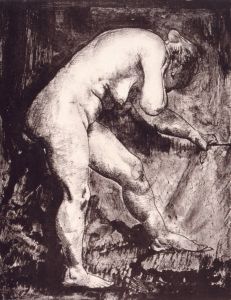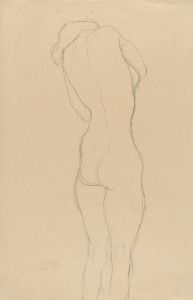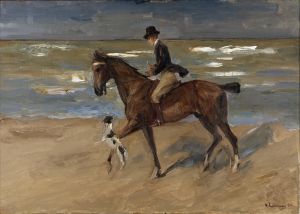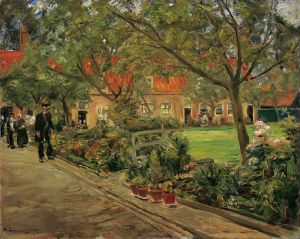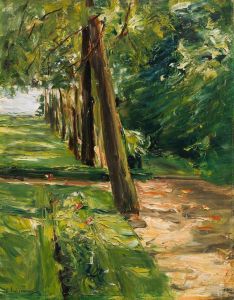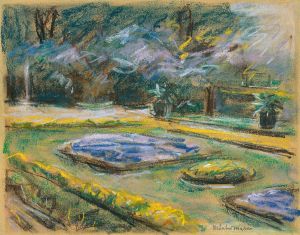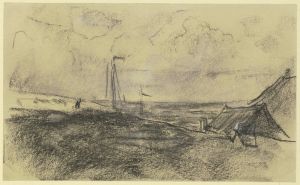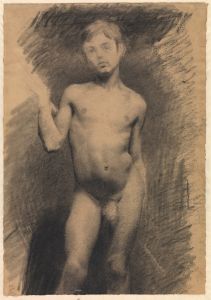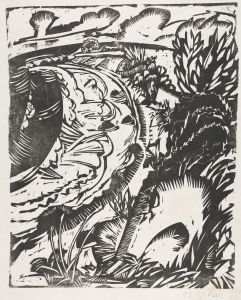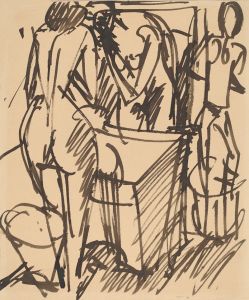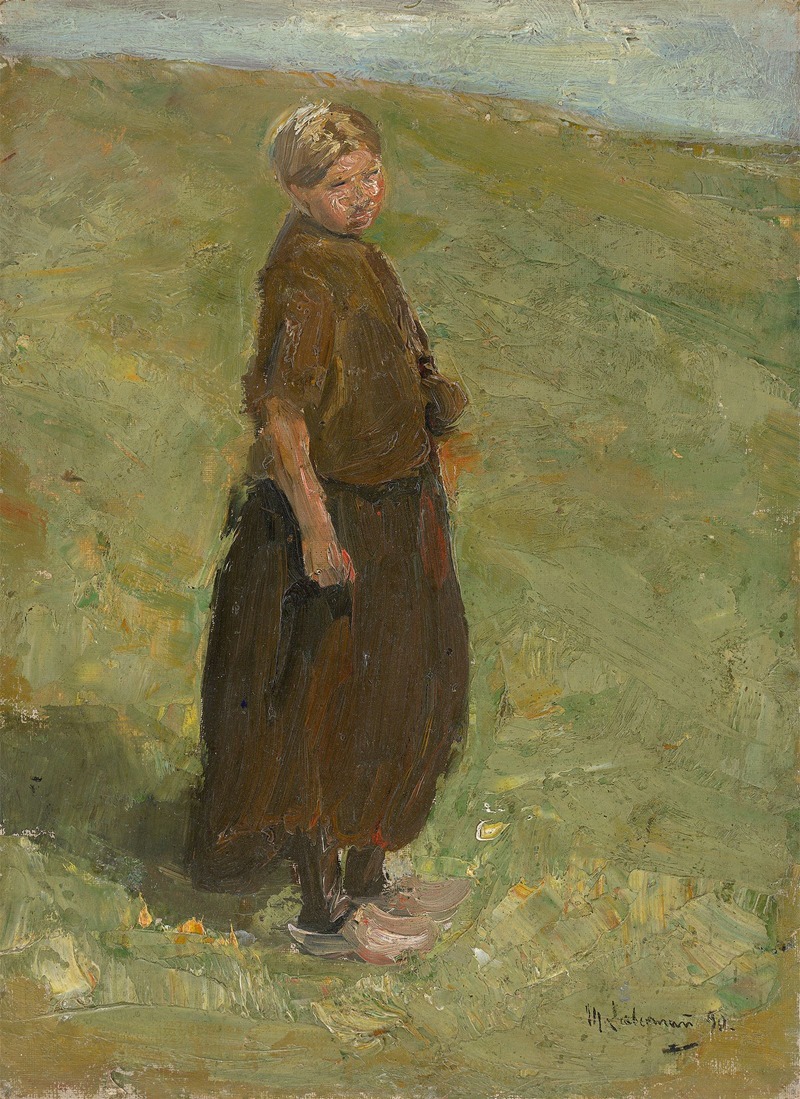
Mädchen auf der Düne, stehend nach rechts
A hand-painted replica of Max Liebermann’s masterpiece Mädchen auf der Düne, stehend nach rechts, meticulously crafted by professional artists to capture the true essence of the original. Each piece is created with museum-quality canvas and rare mineral pigments, carefully painted by experienced artists with delicate brushstrokes and rich, layered colors to perfectly recreate the texture of the original artwork. Unlike machine-printed reproductions, this hand-painted version brings the painting to life, infused with the artist’s emotions and skill in every stroke. Whether for personal collection or home decoration, it instantly elevates the artistic atmosphere of any space.
Max Liebermann's painting "Mädchen auf der Düne, stehend nach rechts" (translated as "Girl on the Dune, Standing to the Right") is a work by the renowned German painter Max Liebermann (1847–1935). Liebermann is widely regarded as one of the leading figures of German Impressionism and a key proponent of modern art in Germany during the late 19th and early 20th centuries.
This painting depicts a young girl standing on a sandy dune, facing to the right. The composition is characteristic of Liebermann's interest in capturing everyday life and natural settings, often focusing on rural or coastal scenes. The girl is dressed simply, and the loose, expressive brushstrokes suggest movement and the play of light on her figure and the surrounding landscape. The background features a natural, open environment, likely inspired by the coastal regions of northern Europe, where Liebermann often found inspiration for his works.
Liebermann's artistic style in this painting reflects his transition from the more detailed realism of his earlier works to the freer, more impressionistic approach that defined much of his later career. His use of light and color in "Mädchen auf der Düne, stehend nach rechts" demonstrates his mastery of capturing the atmosphere and mood of outdoor settings, a hallmark of his Impressionist influence.
The exact date of the painting's creation is not specified, but it likely belongs to the period when Liebermann frequently painted scenes of leisure and nature, particularly during his time spent in the Netherlands and along the North Sea coast. These themes were central to his oeuvre and resonated with his broader interest in depicting the harmony between humans and their environment.
As with many of Liebermann's works, "Mädchen auf der Düne, stehend nach rechts" reflects his ability to elevate simple, everyday moments into subjects of artistic significance. The painting is an example of his dedication to portraying life as it is, without idealization, while still imbuing his works with a sense of beauty and tranquility.
Further details about the painting's current location, provenance, or specific historical context are not readily available. However, it remains an example of Liebermann's contribution to modern art and his role in shaping the Impressionist movement in Germany.





